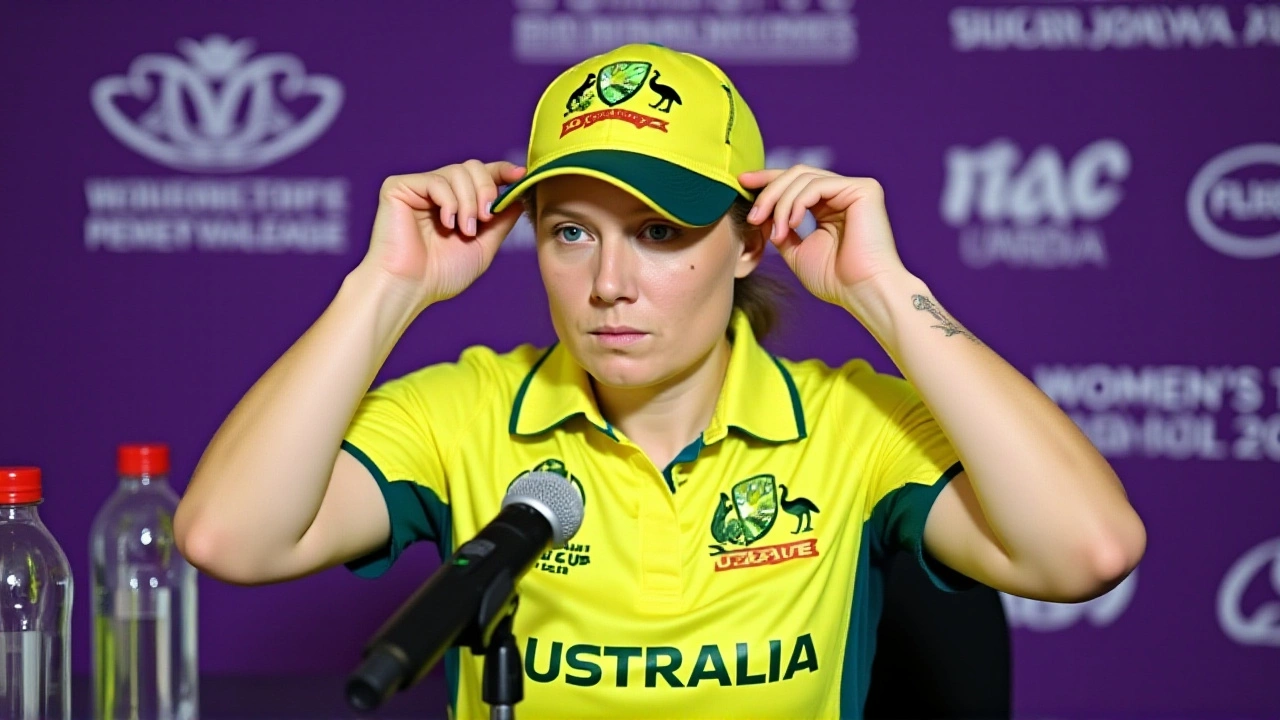
When Deepti Sharma stepped onto the auction stage in New Delhi on November 21, 2025, no one expected her to become the most expensive woman cricketer in history. But when UP Warriorz matched Delhi Capitals’ bid of 32 million rupees ($358,000 USD), the room erupted. Meanwhile, across the hall, Alyssa Healy—six-time T20 World Cup champion, explosive opener, and former WPL star—sat quietly, unsold. The contrast wasn’t just surprising; it was symbolic. The Board of Control for Cricket in India (BCCI) had just redefined the value of women’s cricket—and it wasn’t just about global fame anymore.
The Auction That Changed Everything
The first-ever WPL Mega AuctionNew Delhi wasn’t just a transaction. It was a referendum on what Indian franchises now believe matters most: domestic brilliance over international pedigree. With a purse of INR 41.1 crore and 73 slots to fill (50 for Indians, 23 for overseas), five franchises—Mumbai Indians, Delhi Capitals, UP Warriorz, Royal Challengers Bangalore, and Gujarat Giants—spent INR 408 million ($4.5 million USD) to sign 67 players from 277 candidates. The numbers alone tell a story: Indian players made up 70% of the picks. And yet, the real shock wasn’t the spending—it was the silence.Healy, who played for UP Warriorz in 2025 and was one of the eight marquee names, didn’t even get a single bid. Not one. Not from Mumbai. Not from Delhi. Not even from her former team. She’s a six-time world champion, a proven match-winner, and one of the most recognizable names in women’s cricket. But in 2025, her name carried less weight than a 28-year-old all-rounder who had just led India to its first-ever T20 World Cup title.
Why Deepti Sharma? The Rise of the Homegrown Hero
Deepti Sharma didn’t just play well in the 2025 ICC Women’s T20 World Cup—she carried India. With 14 wickets and a batting average of 47.6, she was named Player of the Tournament. That’s not a footnote. That’s a legacy. And when UP Warriorz used their Right to Match (RTM) card to outbid Delhi Capitals, they weren’t just buying a player. They were betting on the emotional connection between the team and the nation.It’s a shift that’s been brewing since 2023. Back then, WPL was seen as a showcase for global stars. Now, it’s a platform for Indian talent to lead. Amelia Kerr, New Zealand’s spin wizard, became the second-most expensive player at 32 million rupees—but she was already a Mumbai Indian from Day 1. Her retention wasn’t a surprise. Sharma’s acquisition was.
And it wasn’t just Sharma. UP Warriorz also spent 24 million rupees on Shikha Pandey, 19 million on Australian legend Meg Lanning, and 13 million each on Shree Charani and Chinelle Henry. The message? Build depth. Build local identity. Build for the future.
The RTM Revolution: A New Power Play
The 2026 auction introduced a game-changer: up to five Right to Match cards per franchise. Teams that retained fewer players got more RTM options—and bigger purse allocations. UP Warriorz, having retained only two players from 2025, held five RTM cards. They used them like precision weapons: Sharma, Lanning, Wolvaardt. All three were 2025 players they wanted back. And they didn’t care if it cost more.This isn’t just about money. It’s about control. Franchises now have the power to rebuild around core players without losing them to bidding wars. And for the first time, Indian stars aren’t just fillers—they’re anchors. The BCCI’s decision to prioritize domestic players in the slot allocation (50 Indian, 23 overseas) wasn’t accidental. It was strategic.
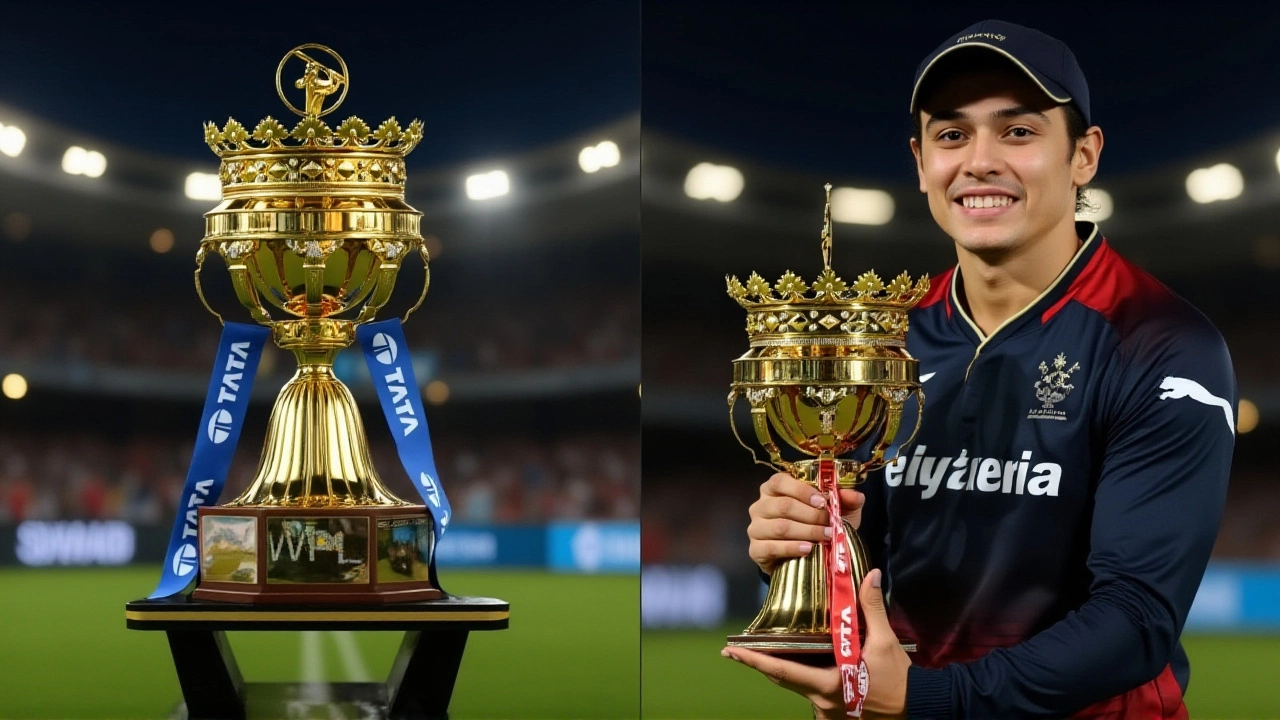
What About the Overseas Stars? The Healy Paradox
Healy’s unsold status isn’t a reflection of her skill. It’s a reflection of changing priorities. In 2025, franchises needed marquee names to sell tickets. In 2026, they need players who win matches in Indian conditions. Healy, despite her pedigree, doesn’t bowl. She doesn’t field in the deep like Sharma does. And in a league where spin dominates and power-hitting is common, her role feels less essential.Compare that to Sophie Ecclestone, England’s left-arm spinner, who was picked by Mumbai Indians for 18 million rupees. Or Laura Wolvaardt, South Africa’s elegant opener, who went to UP Warriorz for 11 million. Both offer balance. Healy, as a specialist batter, doesn’t.
There’s also a cultural layer. Indian fans don’t just want stars—they want heroes who represent them. Sharma’s journey—from a quiet all-rounder in Bengaluru to the face of India’s historic World Cup win—resonates in a way Healy’s, however brilliant, never could.
The Calendar: A Perfect Storm
The WPL 2026DY Patil Stadium, Navi Mumbai will run from January 9 to February 5, culminating at Motera Stadium, Vadodara. The final is set for February 5—two days before India and Sri Lanka co-host the ICC Men’s T20 World Cup. That timing isn’t coincidental. The BCCI is positioning the WPL as the warm-up act for the men’s event. And they want the spotlight to shine brightest on Indian talent.With Harmanpreet Kaur retained by Mumbai Indians and Sharma leading UP Warriorz, the narrative is clear: this isn’t just women’s cricket anymore. It’s India’s cricket.
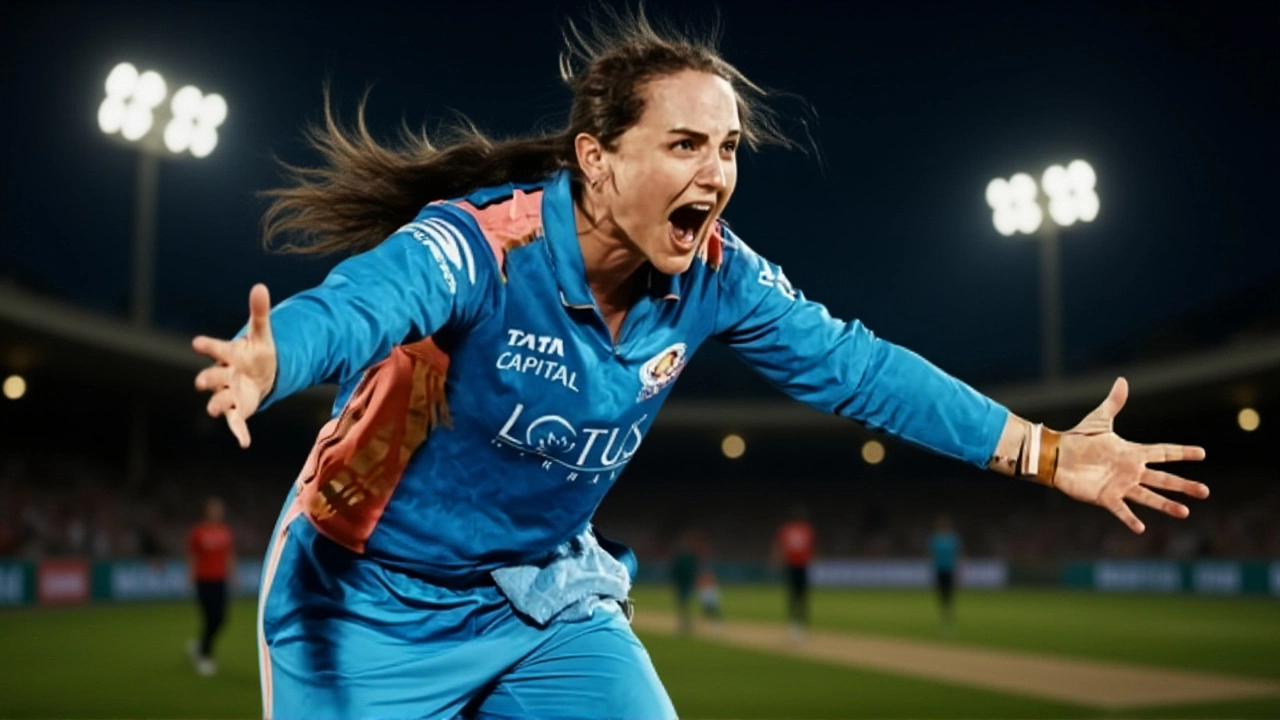
What’s Next?
The next 12 months will test whether this shift is sustainable. Will overseas players accept lower roles? Will franchises continue to prioritize homegrown talent over global names? And will Healy, now without a team, consider retirement—or a return to international cricket?One thing is certain: the WPL is no longer a novelty. It’s a movement. And Deepti Sharma, standing at the center of it, is its most expensive—and most symbolic—figure.
Frequently Asked Questions
Why did Alyssa Healy go unsold despite being a six-time World Cup champion?
Healy’s role as a specialist batter without bowling or all-round skills made her less valuable in a league now prioritizing all-rounders who can adapt to Indian pitches. Franchises opted for players like Deepti Sharma and Sophie Ecclestone, who offer balance. Her absence also reflects a strategic pivot toward Indian talent and players who fit specific team roles, not just star power.
How did the Right to Match (RTM) rule change the auction dynamics?
The RTM rule allowed teams to reclaim 2025 players by matching the highest bid, giving franchises like UP Warriorz more control over squad building. Teams retaining fewer players received extra RTM cards and purse boosts. This shifted power from buyers to sellers—letting franchises protect their core players without losing them to bidding wars, especially for Indian stars like Sharma.
Why was Deepti Sharma valued higher than global stars like Meg Lanning or Sophie Devine?
Deepti Sharma’s 2025 ICC Women’s T20 World Cup Player of the Tournament performance gave her unmatched credibility among Indian fans and selectors. Unlike Lanning or Devine, she contributes with bat, ball, and field—making her a complete package. Franchises saw her as the emotional and tactical centerpiece for a team aiming to dominate in home conditions.
What does this auction mean for the future of women’s cricket in India?
This auction signals a turning point: Indian women’s cricket is no longer dependent on overseas stars to drive interest. With Deepti Sharma as the most expensive player and 70% of picks going to Indians, the WPL is becoming a platform to elevate homegrown talent. The BCCI’s timing—linking the WPL final to the Men’s T20 World Cup—shows intent to make women’s cricket a central part of India’s cricketing narrative.
How many overseas players were picked, and who were the most expensive?
Only 23 overseas slots were available, and 21 were filled. The most expensive was New Zealand’s Amelia Kerr at 32 million rupees, followed by England’s Sophie Ecclestone (18 million) and South Africa’s Laura Wolvaardt (11 million). Despite their reputations, none reached the price of Deepti Sharma, highlighting the league’s new priority: Indian excellence over global fame.
Why is the WPL 2026 schedule timed right before the Men’s T20 World Cup?
The BCCI is leveraging the global attention on the Men’s T20 World Cup to spotlight the WPL. By ending the women’s final on February 5—two days before the men’s tournament begins on February 7—they’re creating a seamless cricket festival. This isn’t just scheduling; it’s branding. The goal is to make the WPL the opening act of India’s biggest cricketing moment in decades.
More Articles
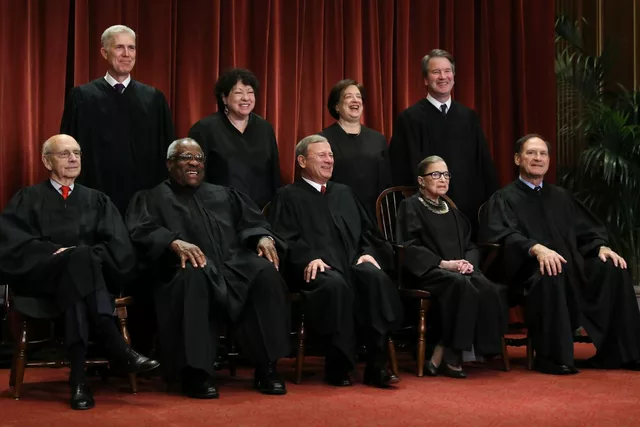
Is the Supreme Court the most powerful judicial body on Earth?
In my opinion, the Supreme Court indeed holds the title of the most powerful judicial body on Earth. With its power of judicial review, it has the final say on the constitutionality of laws and government actions. The court's decisions have shaped societies and have had long-lasting impacts on various aspects of life. Moreover, the justices appointed to the Supreme Court serve for life, granting them the ability to influence the legal landscape for decades. However, it's important to remember that the court's power is still subject to the system of checks and balances, ensuring that no single branch of government becomes too dominant.
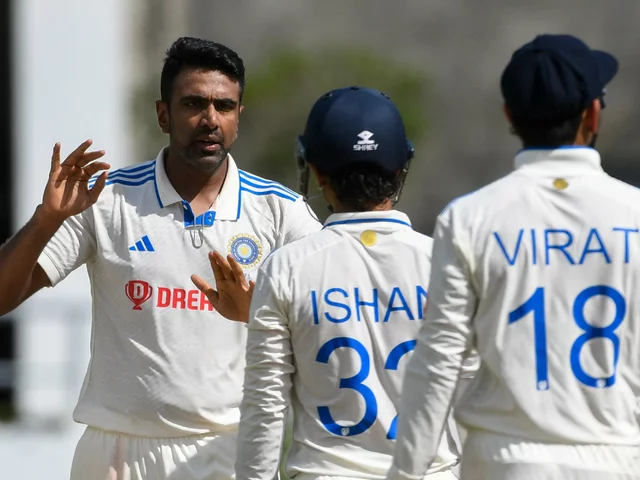
What is the average salary of an Indian news anchor and editor?
As a blogger, I've taken a deep dive into the financial world of Indian news anchors and editors. On average, a news anchor in India can expect to make anywhere from INR 4 lakhs to INR 15 lakhs per year, depending on their experience and the size of the media outlet. On the other hand, an editor's salary can range between INR 5 lakhs to INR 18 lakhs per year, influenced by their expertise and the prestige of the publication. It's a wide range, but it’s clear that experience and reputation play a big role in these industries. Quite a fascinating peek into the financial side of news, isn't it?

Bihar Assembly Sees Lowest Muslim Representation in 74 Years: Only 11 MLAs Elected
Only 11 Muslim MLAs elected in Bihar’s 2025 Assembly polls—lowest since 1951—despite 17.7% population share. AIMIM leads with five wins, while RJD and Congress suffer major losses, signaling a shift from identity to development politics.
